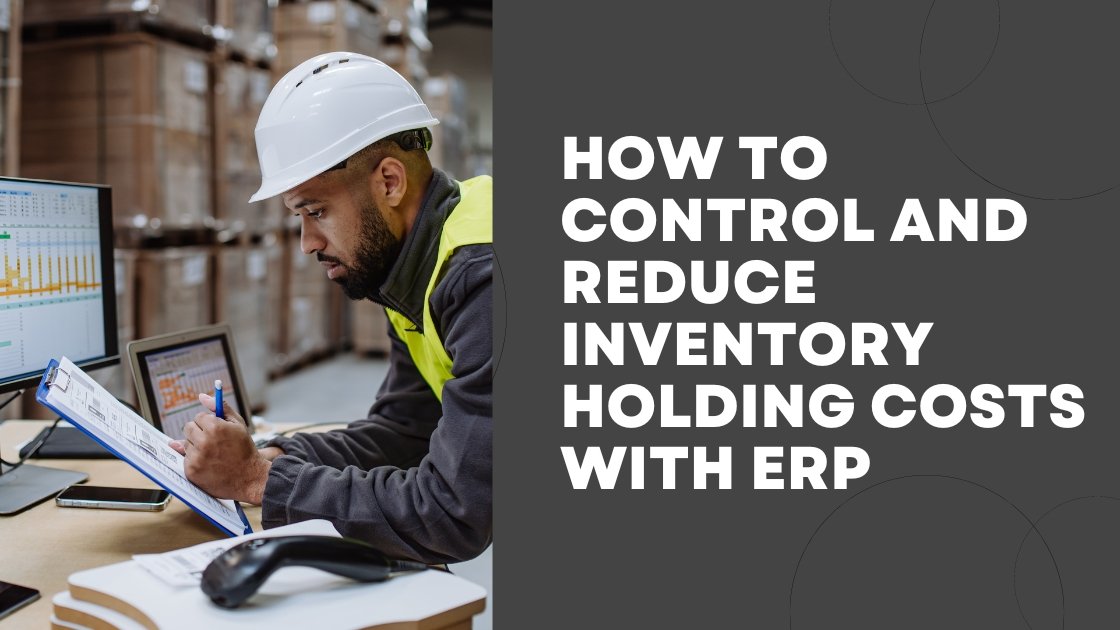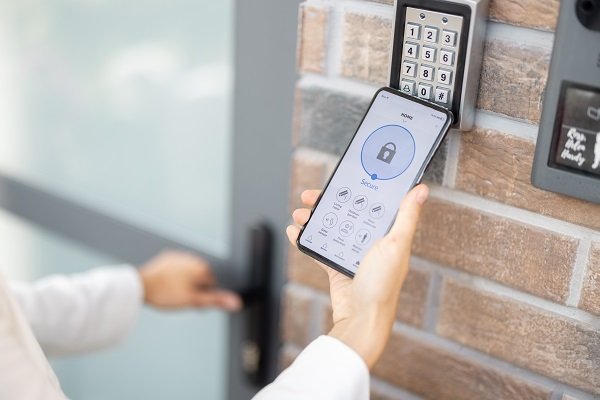Data Center Cabling Best Practices Guide and Solutions

Data center cabling refers to the physical infrastructure that connects networking devices such as servers, switches, routers, and storage devices in a data center. It involves the installation and management of cables, connectors, and other hardware components that transmit data between devices in the data center cabling. This is critical to the proper functioning of the data center, as it enables the seamless transmission of data between devices and ensures that the network infrastructure is reliable and efficient. The goal of this is to design and implement a cabling infrastructure that can support the current and future needs of the data center, while minimizing costs and ensuring that data is transmitted accurately and efficiently.
Good Practices for Managing Data Center Cabling
Managing this is a critical aspect of maintaining an efficient and reliable. Poorly managed wiring can lead to downtime, network performance issues, and increased costs. The following are some good practices for managing this.
Develop a Cable Management Plan
Developing a cable management plan is the first step in managing this. A cable management plan should include information such as cable routes, cable types, cable lengths, and cable labeling. It should also include guidelines for cable installation, cable testing, and cable maintenance.
Use Cable Management Tools
Using cable management tools such as cable trays, cable covers, and cable ties can help to organize and protect cables in the data center. Cable management tools can also reduce the risk of cable damage, improve cable accessibility, and make it easier to identify and replace faulty cables.
Label Everything
Proper labeling is essential for managing this. Each cable should be labeled with a unique identifier that corresponds to a specific device or port. Labels should be clear, legible, and easily accessible. Proper labeling can save time and reduce the risk of errors during cable installation, maintenance, and troubleshooting.
Use Color-Coding
Color-coding cables can make it easier to identify cables that are connected to specific devices or ports. Using different colors for different types of cables can also help to reduce confusion and improve cable management.
Document Changes
Documenting changes to the cabling infrastructure is essential for maintaining an accurate and up-to-date record of the this. Documenting changes can also help to identify potential issues, reduce the risk of errors, and make it easier to troubleshoot problems.
Follow Industry Standards
Following industry standards for this can help to ensure that the cabling infrastructure is reliable and efficient. Industry standards provide guidelines for cable installation, cable testing, and cable management. Following these standards can also make it easier to maintain compliance with regulatory requirements.
Regularly Inspect and Maintain Cables
Regularly inspecting and maintaining cables is essential for ensuring that the this is functioning correctly. Inspections should include visual checks for damage, wear and tear, and proper cable routing. Regular maintenance should include cleaning, repairing, and replacing cables as needed. Regular inspections and maintenance can help to identify potential issues before they become major problems.
Why You Need Data Center Cable ?
This is a critical component of any data center cabling infrastructure, as it is responsible for connecting all of the networking devices, including servers, storage devices, and switches, that make up the data center network. Without proper cabling, data cannot be transmitted between devices, leading to network downtime, performance issues, and potentially costly errors. In this article, we will explore some of the reasons why data center cabling is essential.
Reliable Data Transmission
The primary function of this is to provide a reliable means of transmitting data between devices in the data center. Whether it is transmitting data between servers, storage devices, or switches, reliable data transmission is essential for the smooth operation of the data center. Data center cabling are designed to transmit data at high speeds and with low latency, ensuring that data is transmitted accurately and efficiently.
High Bandwidth
This is designed to support high-bandwidth applications such as data storage, streaming video, and high-speed data transfer. With the proliferation of data-intensive applications, data center cabling require high-bandwidth cabling infrastructure to meet the demands of their customers. High-bandwidth data center cabling, such as Category 6A and Category 7 cables are designed to support data rates of up to 10 Gbps and beyond, ensuring that data is transmitted quickly and efficiently.
Scalability
As data center cabling requirements change and evolve, it is essential that the cabling infrastructure can scale to meet those needs. This is designed to be scalable, allowing for easy expansion of the network as needed. Scalable cabling solutions, such as modular patch panels and cable trays, can accommodate changes in cabling infrastructure without the need for major reconfigurations.
Flexibility
This must be flexible enough to accommodate changes in the physical layout of the data center cabling. With the need for frequent additions or removal of equipment and devices, the cabling infrastructure must be designed to be flexible and adaptable. Flexible cabling solutions, such as fiber optic cabling, can be easily routed through tight spaces and around obstacles, making them ideal for use in data centers.
Reduced Downtime
Downtime in a data center can be costly and disruptive to business operations. Properly installed and managed this can help to reduce downtime by providing a reliable and efficient means of transmitting data between devices. With redundant cabling and failover systems, this can ensure that the network remains operational even in the event of a cable failure.
Data Center Cabling Solutions
This solutions refer to the various types of cabling infrastructure and equipment used to connect the different components of a data center network. A well-designed cabling solution can provide reliable and efficient transmission of data, increase network performance, and ensure the smooth operation of the data center cabling best practices.
Some of the key considerations when choosing this solution include speed, bandwidth, distance, flexibility, scalability, and cost. Here are some of the most common solutions:
Copper Cabling
Copper cabling is one of the most widely used cabling solutions in data centers today. It consists of twisted-pair cables that are either shielded or unshielded. Copper cabling is relatively inexpensive and easy to install, making it a popular choice for data centers on a tight budget.
However, copper cabling is limited in terms of distance and bandwidth. The maximum distance for copper cabling is around 100 meters, and the bandwidth is limited to around 10 Gbps for Category 6A cables. Additionally, copper cabling is susceptible to electromagnetic interference (EMI), which can degrade network performance.
Fiber Optic Cabling
Fiber optic cabling is a popular choice for high-speed, long-distance data transmission in data centers. It consists of thin strands of glass or plastic fibers that transmit data as pulses of light. Fiber optic cabling has a much higher bandwidth and can transmit data over much longer distances than copper cabling.
Fiber optic cabling is also immune to EMI, making it ideal for use in environments where EMI is a concern. However, fiber optic cabling is more expensive than copper cabling and can be more challenging to install.
Modular Patch Panels
Modular patch panels are used to terminate the ends of this and allow for easy management of network connections. They consist of a frame that holds modules where cables can be terminated. Modular patch panels provide flexibility in terms of adding or removing connections without having to reconfigure the entire cabling infrastructure.
Cable Trays
Cable trays are used to manage and organize this by providing a pathway for cables to run through. They can be mounted above or below equipment racks and can be configured in various layouts to accommodate different cabling needs. Cable trays make it easier to access and manage cabling, reducing the risk of damage or downtime due to cable management issues.
Power over Ethernet (PoE)
Power over Ethernet (PoE) is a technology that allows network devices to receive power and data over the same Ethernet cable. PoE can reduce the need for power outlets and power cables, making cabling management simpler and more efficient. PoE can also help to reduce power consumption and costs.
Managing this is critical to maintaining an efficient and reliable data center. Implementing good execution such as developing a cable management plan, using cable management tools, labeling everything, using color-coding, documenting changes, following industry standards, and regularly inspecting and maintaining cables can help to ensure that the cabling infrastructure is reliable, efficient, and cost-effective. By following these good execution, data center managers can reduce downtime, improve network performance, and lower costs associated with managing this.
This is an essential component of any data center network. A well-designed and properly managed cabling infrastructure can improve network performance, reduce downtime, and enhance overall efficiency. The good execution for managing this include organizing and labeling cables, maintaining proper cable lengths, using cable trays and racks, and ensuring proper cable termination.
When choosing a data center cabling solutions company, it is essential to consider factors such as speed, bandwidth, distance, flexibility, scalability, and cost. Copper cabling and fiber optic cabling are two of the most common cabling solutions, each with its advantages and limitations. Modular patch panels and Power over Ethernet (PoE) can also help simplify cabling management and reduce costs.








